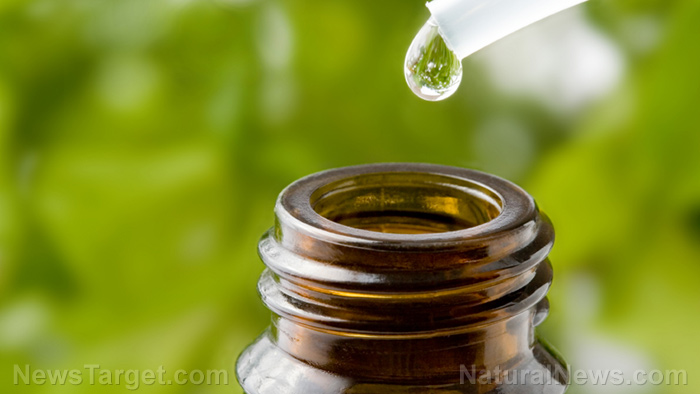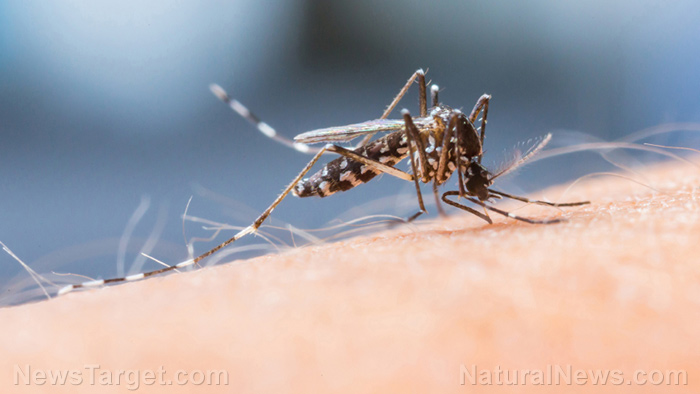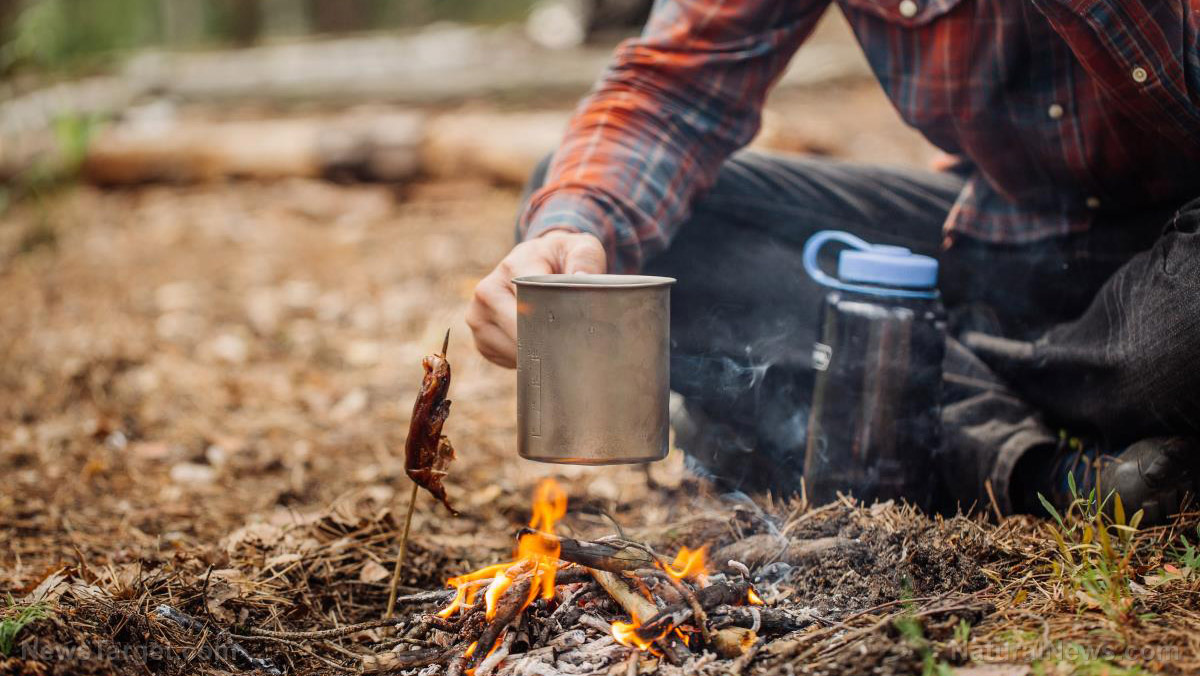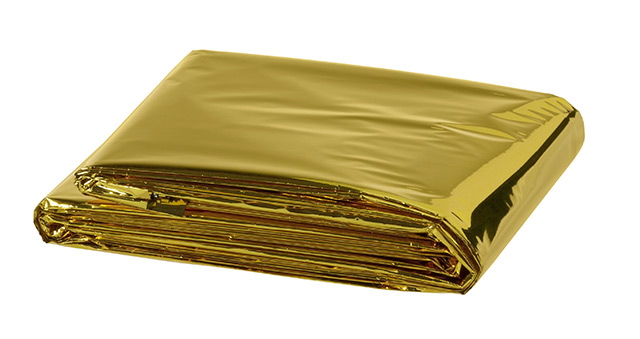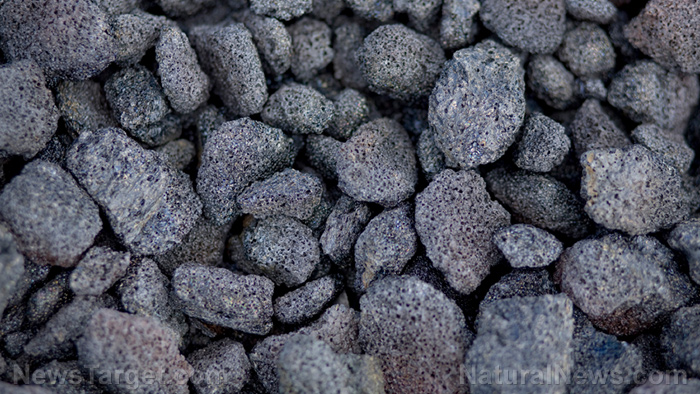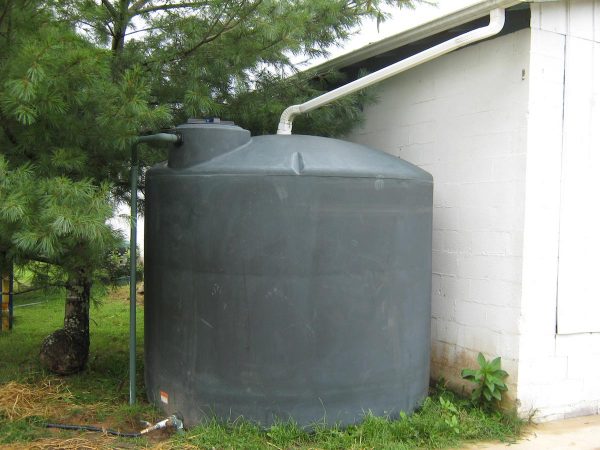02/14/2018 / By Rhonda Johansson
Tinctures are liquid extracts made from medicinal plants. Because they are made from natural ingredients, tinctures are able to alleviate various symptoms of certain diseases with little to no side effects. Most people buy their tinctures from their local herbal store but what many don’t realize is that they are actually quite easy to make. This short guide will walk you through several simple recipes that you can try at home. (h/t to WildernessCollege.com.)
Tinctures are typically made using alcohol as their base. Other bases such as vinegar or glycerin can be used but they are less effective in extracting the medicinal constituents of the plant. Make sure that you choose an alcohol that is made for human consumption. We’d recommend using a clear vodka or a grain alcohol that is 95 percent alcohol (or 190 proof). For most of the recipes that we will be discussing, you would need to let the tincture sit for around two weeks. After this time, you can then strain it and pour it to a small dropper bottle. Take note that tinctures are meant to be medicine. Use only small amounts, and add only a little bit to your tea, juice, water, or directly into your mouth.
Three recipes to try
The first recipe involves the burdock root. Historical evidence as well as scientific data have shown burdock root to be effective in reducing fevers and improving the immune response. The herb is also high in inulin which is a powerful prebiotic. Consuming prebiotics improve your gut flora and lessen the likelihood of getting sick.
There is a discussion on which part of the burdock is more medically beneficial: its seeds or root. In general, the seeds are typically “stronger” in its effect than the root. That is, burdock seeds address symptoms of acute stages of an illness whereas the root is better for chronic diseases. This makes the root more permanent in terms of action and is the reason why we’d recommend using the root for this tincture.
- Clean and cut several fresh burdock roots.
- Place the chopped pieces in a glass container.
- Use a vodka that is 100 proof (50 percent alcohol content).
- Follow a ratio of 2:1; for every two cups of vodka, add one cup of fresh roots. If you are using dried roots, the ratio is at 5:1 (five cups of vodka to one cup dried roots).
The next recipe is for a dandelion tincture. This “weed” is a noted blood purifier. The constituents of dandelion improve the digestive system. Dandelions are also great diuretics. Many healers use dandelion tinctures to improve the function of the liver.
- Clean and cut several fresh roots or leaves.
- Place these in a clean container.
- Use a vodka that is 90 proof (45 percent alcohol content).
- Follow a ratio of 2:1; for every two cups of vodka, add one cup of fresh roots. If you are using dried roots, the ratio is at 5:1 (five cups of vodka to one cup dried roots).
The last recipe is for a stinging nettle tincture. Stinging nettle is a detoxifier. The herb can boost your immune system, improve energy levels, and support skin health. It is helpful for allergies. Women who have painful menstruation or who are bleeding heavily are suggested a stinging nettle tincture. (Related: Powerful Plant Based Detoxification.)
- Clean and cut fresh or shred dried plants.
- Put the shredded pieces in a clean container.
- Use a vodka that is 100 proof (50 percent alcohol content).
- Follow a ratio of 2:1; for every two cups of vodka, add one cup of plant material.
For all these recipes, make sure that the alcohol covers the pieces completely. No plant part should be exposed to the air or it may mold. Let rest in a cool dark place for two weeks, then strain and use.
Sources include:
WildernessCollege.com
HerbalRemediesAdvice.org
ThePracticalHerbalist.com
OrganicFacts.net
HerbLore.com










